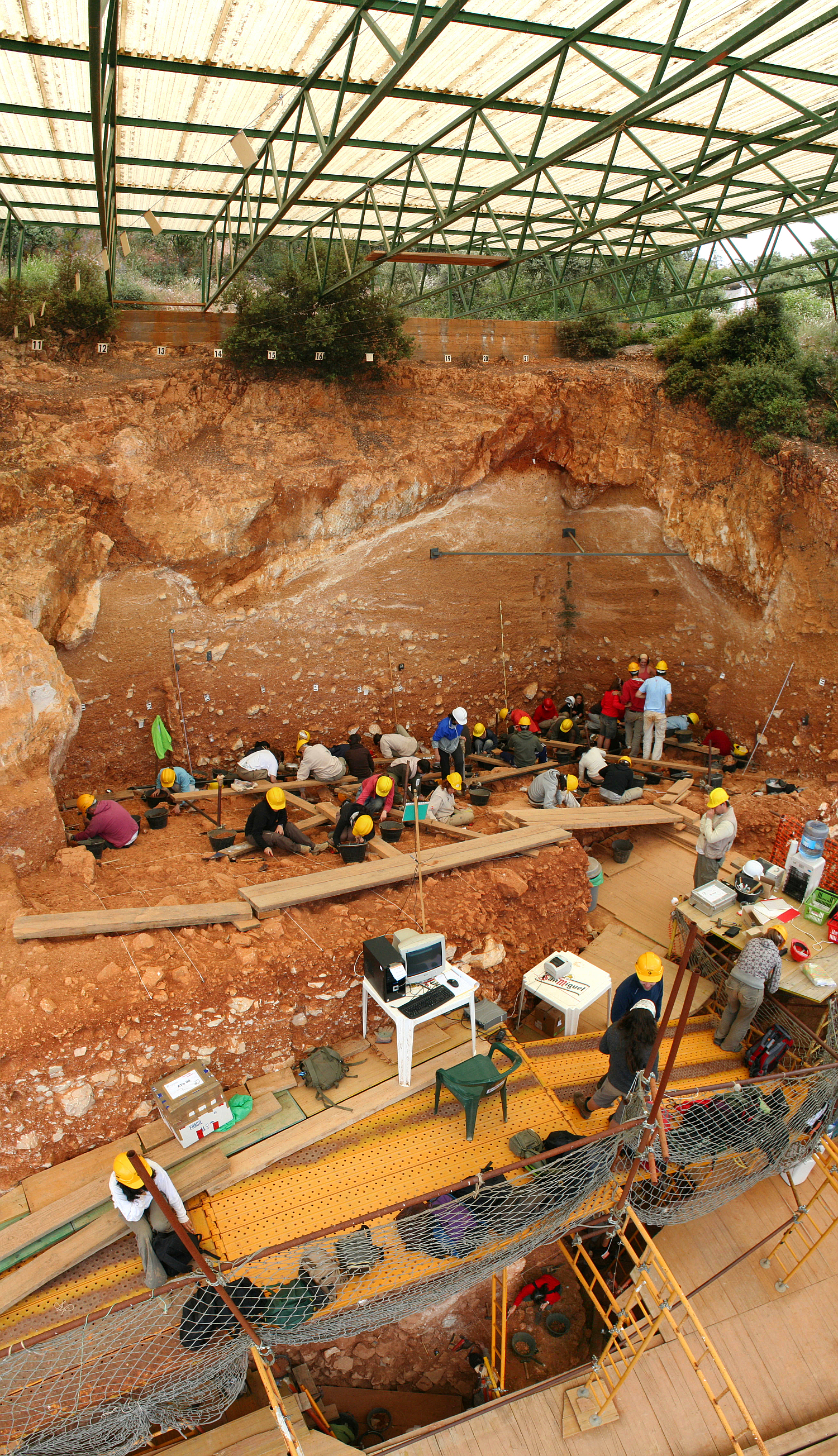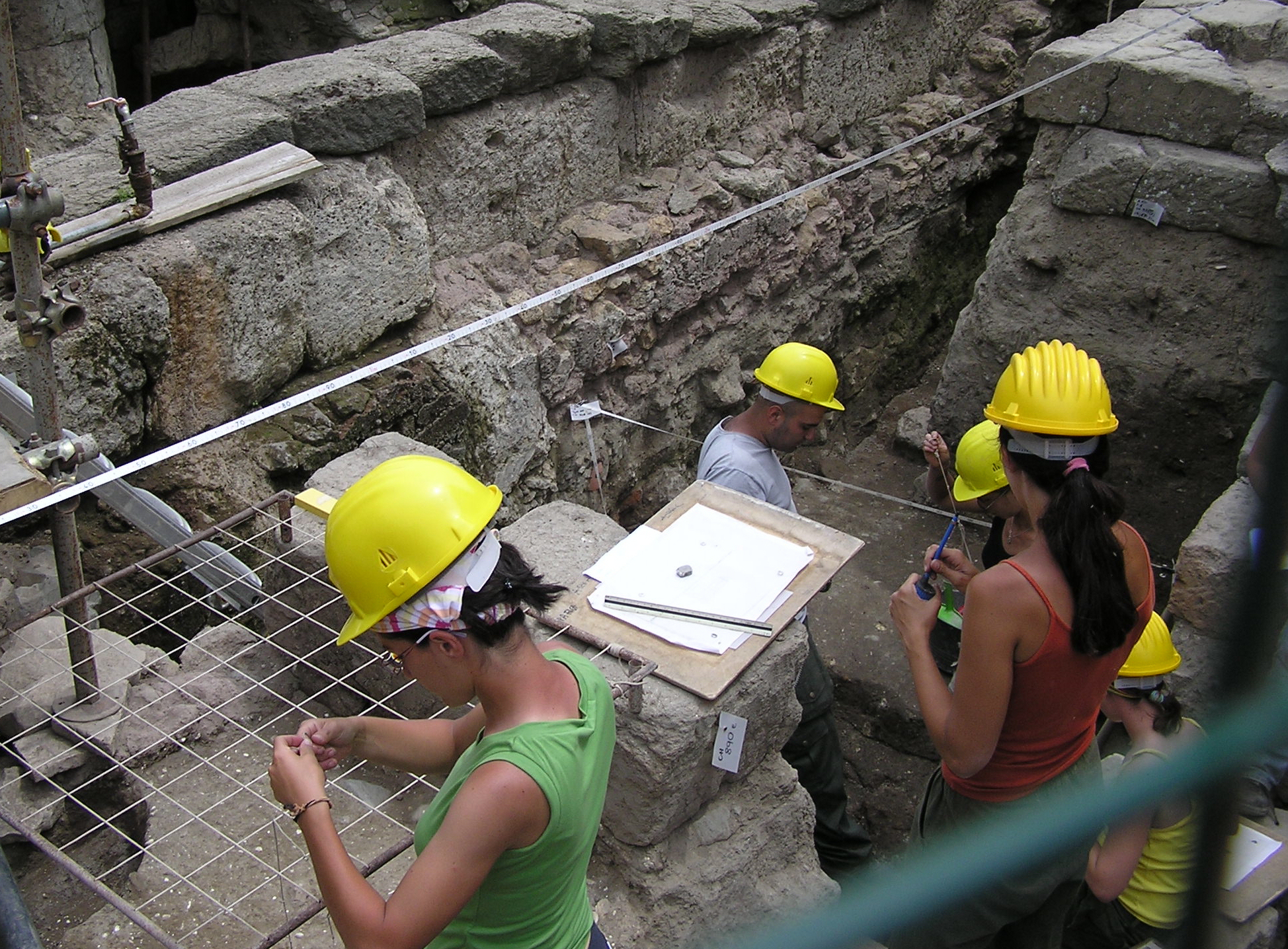|
Archeologia Viva
''Archeologia Viva'' (Italian: ''Archaeology Alive'') is an Italian-language bimonthly magazine concerning archeology. It is headquartered in Florence, Italy. History and profile ''Archeologia Viva'' was established by Piero Pruneti in 1982. Pruneti also serves as the director of the magazine which is published bimonthly by Giunti Gruppo Editoriale. The magazine organizes meetings on archeology and an annual archaeological film festival. The frequent articles in ''Archeologia Viva'' include topics about prehistorical periods and the Middle Ages with particular attention to the classical civilizations of the Mediterranean. In each issue reports are published on major excavations, archaeological techniques, underwater archeology, museums and exhibitions in Italy and abroad. See also * List of magazines in Italy In Italy there are many magazines. In the late 1920s there were nearly one hundred literary magazines. Following the end of World War II the number of weekly magazines ... [...More Info...] [...Related Items...] OR: [Wikipedia] [Google] [Baidu] [Amazon] |
Archeology
Archaeology or archeology is the study of human activity through the recovery and analysis of material culture. The archaeological record consists of artifacts, architecture, biofacts or ecofacts, sites, and cultural landscapes. Archaeology can be considered both a social science and a branch of the humanities. It is usually considered an independent academic discipline, but may also be classified as part of anthropology (in North America – the four-field approach), history or geography. The discipline involves surveying, excavation, and eventually analysis of data collected, to learn more about the past. In broad scope, archaeology relies on cross-disciplinary research. Archaeologists study human prehistory and history, from the development of the first stone tools at Lomekwi in East Africa 3.3 million years ago up until recent decades. Archaeology is distinct from palaeontology, which is the study of fossil remains. Archaeology is particularly important for lear ... [...More Info...] [...Related Items...] OR: [Wikipedia] [Google] [Baidu] [Amazon] |
Current Archaeology
''Current Archaeology'' is a British monthly archaeology magazine. Summary ''Current Archaeology'' describes itself as the "United Kingdom's best selling archaeology magazine", a claim substantiated by British Archaeological Jobs and Resources online, which labels the title "Britain's favourite archaeology magazine". It was founded in 1967 by Andrew Selkirk, a Society of Antiquaries of London, Fellow of the Society of Antiquaries, and the present editor-in-chief. Issue 1 was mailed free of charge to university academics and archaeologists, with invitations to become subscribers from Issue 2. The magazine now has more than 14,000 subscribers worldwide. From 1967 to 2007 the magazine was bi-monthly, becoming monthly in November 2007. Rob Selkirk is publisher of the magazine, through Current Publishing (UK), Current Publishing. The magazine covers all periods of British archaeology, from prehistory to the present day. It also publishes an annual ''Archaeology Handbook'', which aims ... [...More Info...] [...Related Items...] OR: [Wikipedia] [Google] [Baidu] [Amazon] |
Film Festival
A film festival is an organized, extended presentation of films in one or more movie theater, cinemas or screening venues, usually annually and in a single city or region. Some film festivals show films outdoors or online. Films may be of recent date and depending upon the festival's focus, can include international and/or domestic releases. Some film festivals focus on a specific format of film, such Documentary film, documentary, or runtime, such as short film festivals, or genre, such as horror films, category of filmmakers, such as Woman, women, production country/region or subject matter. Film festivals can be competitive or non-competitive, and are often regarded within the film industry as launchpads for new filmmakers and indie films, as well as boosters for established filmmakers and studio productions. The films are either invited by festival curators, or selected by festival programmers from submissions made by the filmmakers, film producers, production companies, sale ... [...More Info...] [...Related Items...] OR: [Wikipedia] [Google] [Baidu] [Amazon] |
Middle Ages
In the history of Europe, the Middle Ages or medieval period lasted approximately from the 5th to the late 15th centuries, similarly to the post-classical period of global history. It began with the fall of the Western Roman Empire and transitioned into the Renaissance and the Age of Discovery. The Middle Ages is the middle period of the three traditional divisions of Western history: classical antiquity, the medieval period, and the modern period. The medieval period is itself subdivided into the Early, High, and Late Middle Ages. Population decline, counterurbanisation, the collapse of centralised authority, invasions, and mass migrations of tribes, which had begun in late antiquity, continued into the Early Middle Ages. The large-scale movements of the Migration Period, including various Germanic peoples, formed new kingdoms in what remained of the Western Roman Empire. In the 7th century, North Africa and the Middle East—once part of the Byzantine Empire� ... [...More Info...] [...Related Items...] OR: [Wikipedia] [Google] [Baidu] [Amazon] |
Classical Civilizations
Classical antiquity, also known as the classical era, classical period, classical age, or simply antiquity, is the period of cultural History of Europe, European history between the 8th century BC and the 5th century AD comprising the interwoven civilizations of ancient Greece and ancient Rome, Rome known together as the Greco-Roman world, centered on the Mediterranean Basin. It is the period during which ancient Greece and Rome flourished and had major influence throughout much of Europe, North Africa, and West Asia. Classical antiquity was succeeded by the period now known as late antiquity. Conventionally, it is often considered to begin with the earliest recorded Homeric Greek, Epic Greek poetry of Homer (8th–7th centuries BC) and end with the fall of the Western Roman Empire in 476 AD. Such a wide span of history and territory covers many disparate cultures and periods. ''Classical antiquity'' may also refer to an idealized vision among later people of what was, in Ed ... [...More Info...] [...Related Items...] OR: [Wikipedia] [Google] [Baidu] [Amazon] |
Excavations
In archaeology, excavation is the exposure, processing and recording of archaeological remains. An excavation site or "dig" is the area being studied. These locations range from one to several areas at a time during a project and can be conducted over a few weeks to several years. Excavation involves the recovery of several types of data from a site. This data includes artifacts (portable objects made or modified by humans), features (non-portable modifications to the site itself such as post molds, burials, and hearths), ecofacts (evidence of human activity through organic remains such as animal bones, pollen, or charcoal), and archaeological context (relationships among the other types of data).Kelly&Thomas (2011). ''Archaeology: down to earth'' (4th ed.). Belmont, Calif.: Wadsworth, Cengage Learning. Before excavating, the presence or absence of archaeological remains can often be suggested by, non-intrusive remote sensing, such as ground-penetrating radar. Basic info ... [...More Info...] [...Related Items...] OR: [Wikipedia] [Google] [Baidu] [Amazon] |
Underwater Archeology
Underwater archaeology is archaeology practiced underwater. As with all other branches of archaeology, it evolved from its roots in pre-history and in the classical era to include sites from the historical and industrial eras. Its acceptance has been a relatively late development due to the difficulties of accessing and working underwater sites, and because the application of archaeology to underwater sites initially emerged from the skills and tools developed by shipwreck salvagers. As a result, underwater archaeology initially struggled to establish itself as actual archaeological research. This changed when universities began teaching the subject and a theoretical and practical base for the sub-discipline was firmly established in the late 1980s. Underwater archaeology now has a number of branches including, maritime archaeology: the scientifically based study of past human life, behaviors and cultures and their activities in, on, around and (lately) under the sea, estuarie ... [...More Info...] [...Related Items...] OR: [Wikipedia] [Google] [Baidu] [Amazon] |
List Of Magazines In Italy
In Italy there are many magazines. In the late 1920s there were nearly one hundred literary magazines. Following the end of World War II the number of weekly magazines significantly expanded. From 1970 feminist magazines began to increase in number in the country. The number of consumer magazines was 975 in 1995 and 782 in 2004. There are also Catholic magazines and newspapers in the country. A total of fifty-eight Catholic magazines was launched between 1867 and 1922. From 1923 to 1943, the period of the Fascist Regime, only ten new Catholic magazines was started. In the period from 1943 to the end of the Second Vatican Council thirty-three new magazines were established. Until 2010 an additional eighty-six Catholic magazines were founded. The magazines had 3,400 million euros revenues in 2009, and 21.5% of these revenues were from advertising. The following is an incomplete list of current and defunct magazines published in Italy. They are published in Italian or other languag ... [...More Info...] [...Related Items...] OR: [Wikipedia] [Google] [Baidu] [Amazon] |
1982 Establishments In Italy
__NOTOC__ Year 198 (CXCVIII) was a common year starting on Sunday of the Julian calendar. At the time, it was known as the Year of the Consulship of Sergius and Gallus (or, less frequently, year 951 ''Ab urbe condita''). The denomination 198 for this year has been used since the early medieval period, when the Anno Domini calendar era became the prevalent method in Europe for naming years. Events By place Roman Empire *January 28 **Publius Septimius Geta, son of Septimius Severus, receives the title of Caesar. **Caracalla, son of Septimius Severus, is given the title of Augustus. China *Winter – Battle of Xiapi: The allied armies led by Cao Cao and Liu Bei defeat Lü Bu; afterward Cao Cao has him executed. By topic Religion * Marcus I succeeds Olympianus as Patriarch of Constantinople (until 211). Births * Lu Kai, Chinese official and general (d. 269) * Quan Cong, Chinese general and advisor (d. 249) Deaths * Li Jue, Chinese warlord and regen ... [...More Info...] [...Related Items...] OR: [Wikipedia] [Google] [Baidu] [Amazon] |
Archaeology Magazines
Archaeology or archeology is the study of human activity through the recovery and analysis of material culture. The archaeological record consists of artifacts, architecture, biofacts or ecofacts, sites, and cultural landscapes. Archaeology can be considered both a social science and a branch of the humanities. It is usually considered an independent academic discipline, but may also be classified as part of anthropology (in North America – the four-field approach), history or geography. The discipline involves surveying, excavation, and eventually analysis of data collected, to learn more about the past. In broad scope, archaeology relies on cross-disciplinary research. Archaeologists study human prehistory and history, from the development of the first stone tools at Lomekwi in East Africa 3.3 million years ago up until recent decades. Archaeology is distinct from palaeontology, which is the study of fossil remains. Archaeology is particularly important for lea ... [...More Info...] [...Related Items...] OR: [Wikipedia] [Google] [Baidu] [Amazon] |
Bi-monthly Magazines Published In Italy
{{Short pages monitor ... [...More Info...] [...Related Items...] OR: [Wikipedia] [Google] [Baidu] [Amazon] |
Cultural Magazines
Culture ( ) is a concept that encompasses the social behavior, institutions, and norms found in human societies, as well as the knowledge, beliefs, arts, laws, customs, capabilities, attitudes, and habits of the individuals in these groups.Tylor, Edward. (1871). ''Primitive Culture''. Vol 1. New York: J. P. Putnam's Son Culture often originates from or is attributed to a specific region or location. Humans acquire culture through the learning processes of enculturation and socialization, which is shown by the diversity of cultures across societies. A cultural norm codifies acceptable conduct in society; it serves as a guideline for behavior, dress, language, and demeanor in a situation, which serves as a template for expectations in a social group. Accepting only a monoculture in a social group can bear risks, just as a single species can wither in the face of environmental change, for lack of functional responses to the change. Thus in military culture, valor is counted ... [...More Info...] [...Related Items...] OR: [Wikipedia] [Google] [Baidu] [Amazon] |





